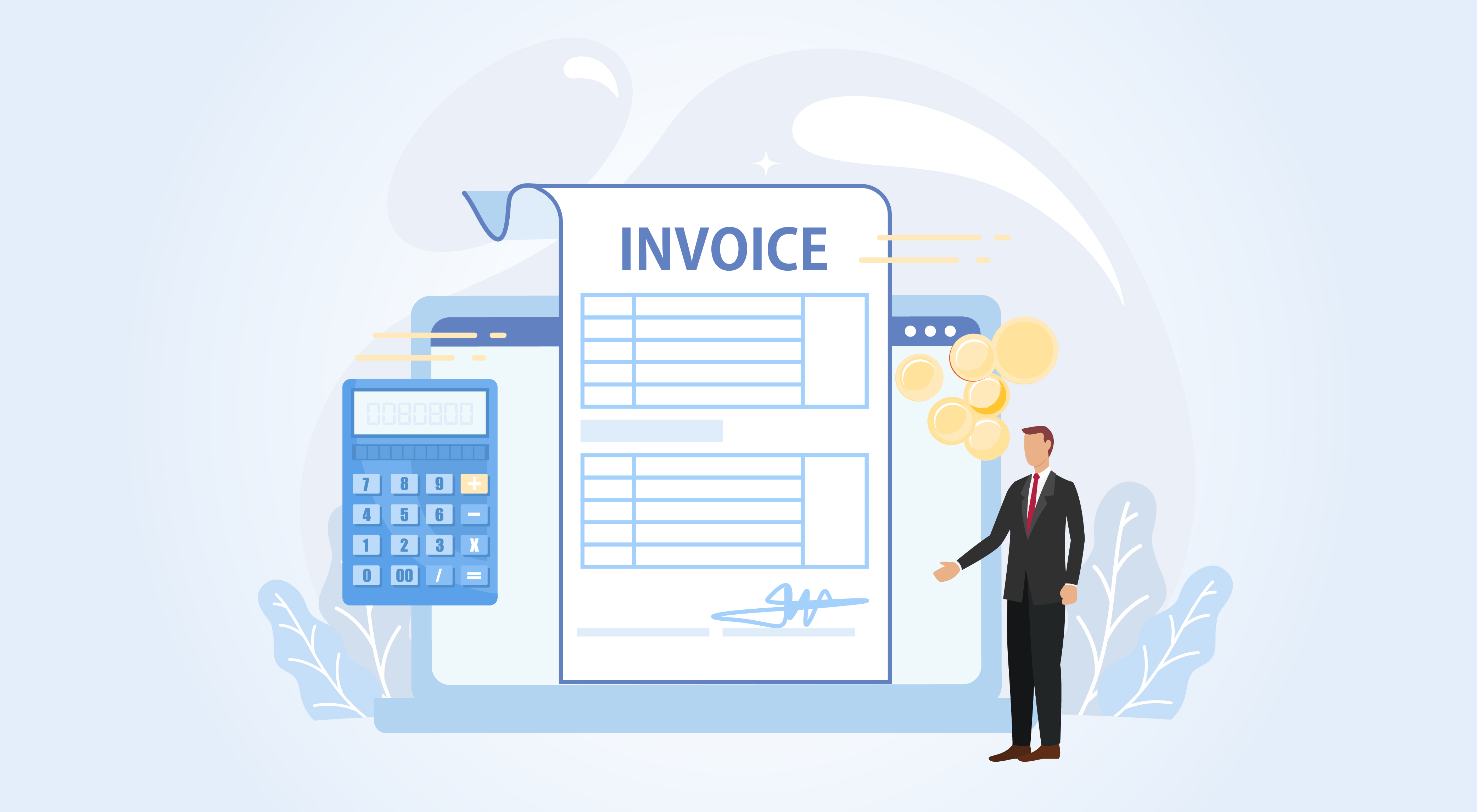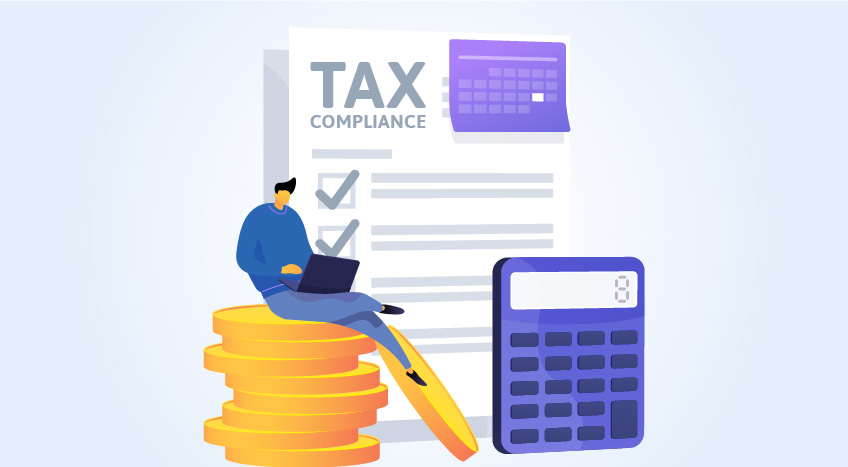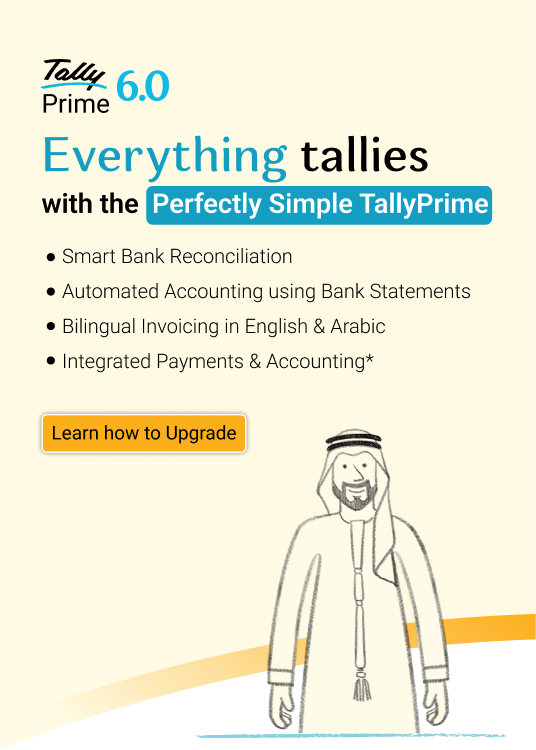With UAE FTA pushing for digitalising tax processes, e-VAT returns will soon become a reality. Businesses will be directly submitting VAT returns from their taxation software to EmaraTax and getting real time status of their returns right within their software. When this new system comes into play businesses will no longer be spending hours on manually filing each and every detail on EmaraTax portal.
Let’s first review the current VAT filing process in the UAE and then compare it with the upcoming VTA filing system based on the available information.
What are the current tax filing practices?
Much of the VAT filing has been manual, comprising many processes and steps. These steps are listed below:
-
Manual preparation and uploading of VAT returns through the FTA portal
Many businesses use a manual approach that includes collecting huge volumes of data from different unrelated sources like bank statements, sales records, and purchase invoices to gather the necessary details. The final return has to be uploaded using the EmaraTax portal which includes manually filling in all the details on the VAT form.
-
Use of spreadsheets or separate accounting tool
Many businesses rely heavily on spreadsheets or separate accounting tools to compile data. This includes aggregating transaction details, performing preliminary reconciliations, and manually calculating VAT amounts. While commonly practiced, this method is time-consuming and prone to human error, increasing the risk of incorrect filings or penalties.
-
Dependence on accountants for cross-verification and reconciliation
Businesses that are not familiar with VAT filing or companies with large amounts of sales often firms rely on consultants or accountants for reconciliation and cross-verification to minimise the risk of errors.
- Submission of returns in a static format
Usually VAT 201 form is downloaded and prepared offline. Once the VAT calculation is verified businesses proceed to filling up the details on the EmaraTax portal on the online VAT 201 form.
How will e-VAT returns make life easier for businesses?
The time-consuming and error-prone manual VAT return filing system needs a permanent solution. Hence, UAE’s e-VAT returns have the potential to transform VAT filing from an error-prone manual system into an error-free, streamlined process. Let us see how it will change the traditional VAT return filing system:
-
Streamlined filing
End-to-end digital submission offered by e-VAT returns allows businesses to integrate their accounting software with the FTA. Moreover, filling in the VAT return form will be easier as your software will now be able to prepopulate the fields of the return form using the data entered in the software. This minimises the risk of wrong data entry and other discrepancies.
-
Automated validations
Once e-Returns will be introduced the software systems will have internal checks to verify entries, and flag any inconsistencies before filing. These in-system checks will decrease compliance issues.
-
Increased accuracy
If you are using accounting software that has automated your accounts and tax reconciliation, then integrating the software with UAE’s EmaraTax portal will help you auto populate your VAT returns, directly from the data captured on the software. This will reduce errors and increase the accuracy of your VAT calculations.
-
Faster turnaround
Since e-VAT returns can reduce manual steps and add automated checks, it enables VAT return preparation and submission to become a process that will be done in few-clicks, saving time.
-
Better recordkeeping
Since digital tax returns enable digital returns, corrections, and submissions, it creates a powerful audit trail, offering easy access to historical returns. As a result, companies can prepare for audits, conduct internal reviews, and respond to all FTA queries on time.
The shift from manual to e-returns has not only a technological benefit but also changes the complete manner of doing business in the UAE. It can effectively help overcome issues faced in manual VAT filing, like cost, time, and accuracy. It will also pave way to smarter, faster, and safer VAT filing.









